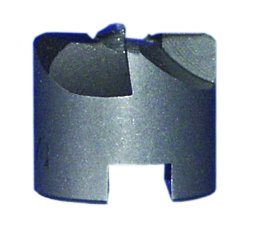- Joined
- Dec 28, 2008
- Messages
- 1,731
- Reaction score
- 9
Plan A: I'm thinking about making a built up all aluminum flywheel and using Loc-tite or JB Weld to assemble it. This is an idea I would like to try.
Plan B: Build a simple and typical disc flywheel with the usual cosmetic Swiss Cheezing. This is a boring option I want to avoid.
All other options and ideas have been exhausted due to a lack of materials.
Will either-or-both assembly options hold the flywheel together, or will this become a fly apart mess during the final machining???
-MB
Plan B: Build a simple and typical disc flywheel with the usual cosmetic Swiss Cheezing. This is a boring option I want to avoid.
All other options and ideas have been exhausted due to a lack of materials.
Will either-or-both assembly options hold the flywheel together, or will this become a fly apart mess during the final machining???
-MB







